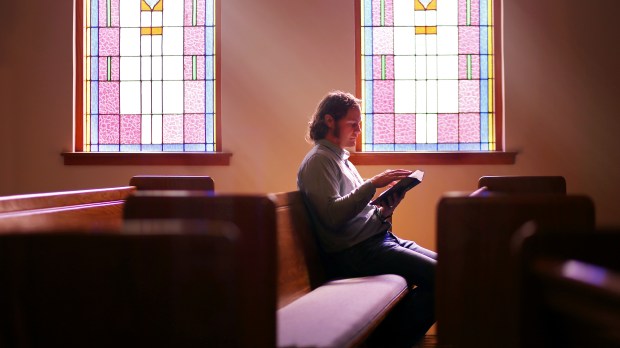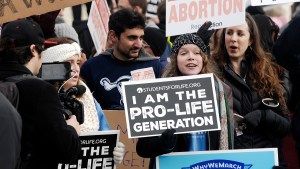A new survey conducted by Vinea Research is examining the effects of the pandemic on Church attendance and faith practice. Among the key findings, the survey discovered that a significant portion of Catholics have become “accustomed to not being in church.” The authors suggest that while Catholics have been generally strengthened in their faith during the pandemic, many are in no rush to return to the pews.
Faith life
On the whole, Catholics’ beliefs have not changed that much in the last two years. Those who responded that their faith was “extremely important” or “very important” held at 73%, while those who place “moderate” or “slight” importance on their faith remained at 26%.
Prayer life has also remained largely unchanged. Prior to the pandemic most Catholics reported praying before bed and before a meal as the most common times of prayer, and so they have remained. The same can be said for silent prayer, which was found to be the most popular way to pray for Catholics. Overall Catholics reported an increase in the time spent praying, and an increase in the frequency of prayer before eating, from just at dinner to at every meal.
Streaming Mass
Streaming Mass online became a popular way to attend Mass during the pandemic and it continues to be the preferred medium for many Catholics. Sixty-eight percent of respondents reported that their local parish live-streamed Mass during the pandemic and 40% continue to do so in 2022. Seventy-three percent reported tuning in to streamed Masses, with the majority viewing their own parish’s stream.
It is unlikely that safety concerns play a significant role in Catholics’ opinions on returning to Mass. A solid three-quarters (75%) responded that they felt either slightly, somewhat, or very safe in church. A plurality of respondents (38%) said that they felt very safe in church.
Mass attendance
Prior to the pandemic, 62% of respondents said that they attended Mass once per week or more. This portion rose to 79% when taking into account those who attend Mass at least once per month. Of this group, a solid 50% also said they observed all holy days of obligation, with an additional 21% observing 3-4 holy days per year.
The pandemic, however, has changed the future intentions of congregants with regard to Mass attendance. Whereas before the pandemic 89% said they intended to attend every Mass in person, this figure has since dropped to 61%.
When asked if they have become accustomed to not attending Mass in-person, 38% of all respondents answered in the affirmative. This number only fell to 24% with weekly Mass attendees, which suggests that even the most devout of the faithful have been affected by the pandemic.
As far as reasons for not wanting to attend Mass, the most popular responses were concerns for one’s health (52%) and self-quarantine due to a sick person at home (21%). There were, however, responses that seem to be motivated by less serious concerns. Twenty-one percent said that they enjoyed watching Mass from home, while 19% responded that it was easier than driving to church or getting dressed up. Seventeen percent said it was just plain easier, because they didn’t have to vocalize prayers or kneel.
Conclusion
While the majority of Catholics still appreciate and want to attend in-person Mass, the number of those who do not has grown significantly since 2020. While legitimate health concerns were the most common response for not attending in-person Mass, there was huge growth in those who prefer streamed Masses for the sake of convenience.
Vinea Research suggests that this diminishment in a positive attitude towards in-person Mass is the most troubling finding of the study. They noted that “too many Catholics do not understand or appreciate the Mass.” The study’s authors wrote:
“Further study is needed to explore the underlying understanding of and motivations (obligation versus desire versus habit) of Mass attendance among Catholics to better understand how best to turn this trend around and have Catholics see the Mass for what it is and not ‘settle’ for streaming Masses from home.”



